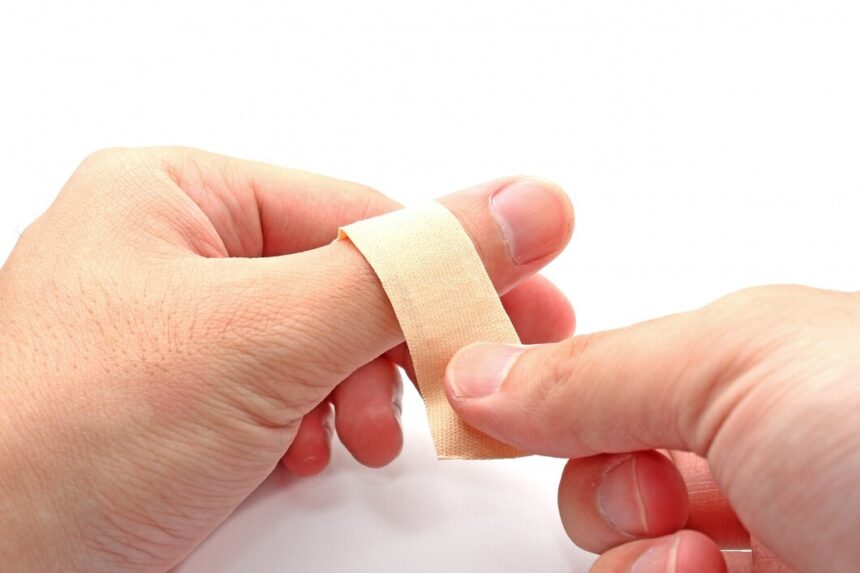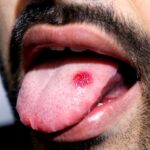Puncture wounds are injuries that occur when a pointed object pierces the skin, potentially damaging underlying tissues. They can be caused by various objects, including nails, needles, animal fangs, or sharp tools. While puncture wounds may seem minor, they can lead to serious complications if not treated properly. Understanding the symptoms, causes, and treatments is essential for effective management.
Symptoms of Puncture Wounds
The symptoms of a puncture wound can vary depending on the severity and depth of the injury. Common signs include:
- Pain and Tenderness: The area around the puncture wound may be painful and sensitive to touch.
- Swelling and Redness: Inflammation may occur around the wound site, causing redness and swelling.
- Bleeding: Puncture wounds may bleed, although the bleeding is often minimal compared to other types of wounds.
- Discharge: If the wound becomes infected, it may produce pus or other discharge, which can be accompanied by a foul odor.
- Fever and Chills: In some cases, systemic symptoms such as fever and chills may occur if an infection develops.
Causes of Puncture Wounds
Puncture wounds can be caused by various factors, including:
- Accidental Injuries: Commonly occur during everyday activities, such as stepping on a nail, getting pricked by a thorn, or puncturing the skin with a sharp object.
- Animal Bites: Dog or cat bites can create puncture wounds that may become infected.
- Needle Sticks: Healthcare workers are at risk for puncture wounds from needles, which can lead to potential exposure to bloodborne pathogens.
- Industrial or Construction Accidents: Workers in these fields may be at risk for puncture wounds from tools or machinery.
- Sports Injuries: Puncture wounds can also result from sports equipment, such as spikes in soccer or football.
Treatments for Puncture Wounds
The treatment of a puncture wound depends on its severity, depth, and potential for infection. Here are the general steps for managing puncture wounds:
- Clean the Wound: Immediately rinse the puncture wound with clean water to remove debris. Mild soap can be used to clean around the area. Avoid using hydrogen peroxide or alcohol, as these can irritate the tissue.
- Control Bleeding: If the wound is bleeding, apply gentle pressure with a clean cloth or bandage until the bleeding stops.
- Apply an Antibiotic Ointment: After cleaning, apply an over-the-counter antibiotic ointment to help prevent infection.
- Cover the Wound: Use a sterile bandage or dressing to cover the puncture wound. Change the dressing daily or if it becomes wet or dirty.
- Watch for Infection: Monitor the wound for signs of infection, such as increased redness, swelling, warmth, or discharge. If these symptoms occur, seek medical attention.
- Tetanus Shot: If the puncture wound is deep or caused by a dirty or rusty object, a tetanus shot may be necessary. Adults should receive a tetanus booster every ten years.
- Medical Evaluation: Seek medical attention for puncture wounds that are deep, involve a joint or bone, or show signs of infection. A healthcare professional may need to clean the wound thoroughly and may prescribe antibiotics if an infection is suspected.
Puncture wounds, while often minor, can lead to serious complications if not managed properly. Understanding the symptoms and causes is essential for effective treatment. Always take puncture wounds seriously, especially if they are deep or become infected. If in doubt, seek medical attention to ensure proper care and prevent complications.










